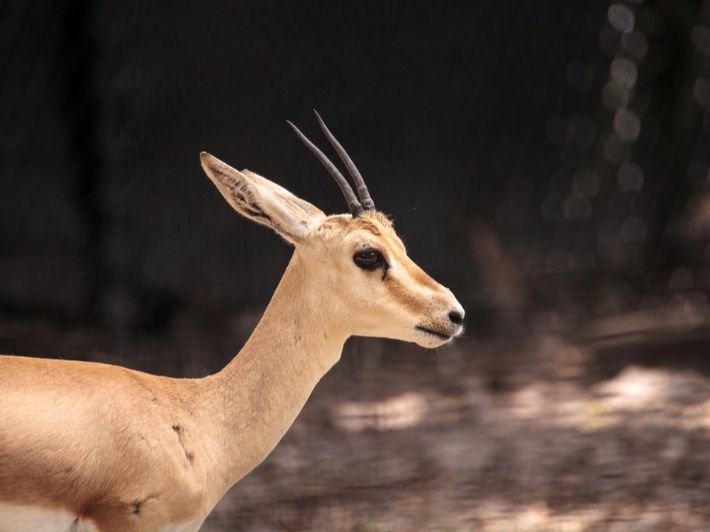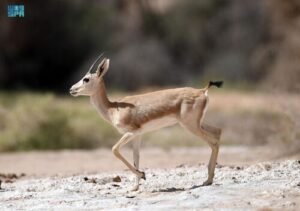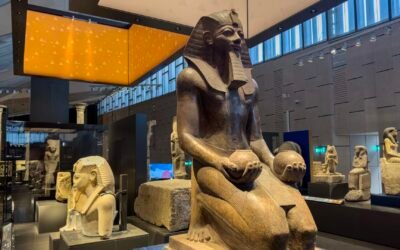Reem Gazelle Reintroduction Project: Conservation and Ecological Restoration in Oman
The Reem Gazelle (Gazella subgutturosa), also known as the Goitered Gazelle, is a hoofed mammal native to mountainous regions but faces significant population decline due to illegal hunting and habitat loss. Typically measuring 90–115 cm in length and weighing between 18–33 kg, the Reem Gazelle has a light brown coat with white underbellies. Males possess horns, and as they mature, their foreheads and noses turn white. Historically found in southeastern Turkey, the Arabian Peninsula, Iraq, and Iran, their range has diminished, with the species now restricted to protected areas and small, scattered groups.
Active primarily during the early mornings and late afternoons, Reem Gazelles can reach speeds of up to 60 km/h and migrate to water sources during the spring and summer months. Their diet consists mainly of dry grasses, fodder, and Panicum grasses. The breeding season occurs in winter, with males courting females through displays, and females typically giving birth to twins after a 5–6 month gestation period. Calves are weaned at six months. The species faces numerous threats, including poaching, habitat destruction, overgrazing by livestock, and harsh winter conditions in Central Asia.
The Reem Gazelle Reintroduction Project
In response to the Reem Gazelle’s declining population, the Environment Authority is launching the Reem Gazelle Reintroduction Project in the Wilayat of Muqshin, under the patronage of HH Sayyid Marwan bin Turki Al Said. This initiative will release 54 Reem gazelles into the wild to restore the species to its historical range beyond Oman’s nature reserves. The project employs satellite tracking to monitor the gazelles, building upon the successful Arabian Oryx reintroduction program. Expansion plans include introducing the species to other regions like Bidiyah. The project aims to enhance biodiversity, regenerate vegetation, and promote eco-tourism, contributing to sustainable development and engaging local communities in conservation efforts.
This Reem Gazelle Reintroduction Project underscores the importance of biodiversity conservation, sustainable development, and community participation in preserving endangered species like the Reem Gazelle.
I'm Hassan — a multidisciplinary storyteller at the intersection of culture, creativity, and strategy. As a content creator and website manager at Omanspire, I bring Omani stories to life through thoughtful writing, SEO-driven publishing, and engaging digital experiences. With a passion for history, branding, and visual design, I craft content that bridges tradition and innovation — always with purpose, and always with people in mind.





